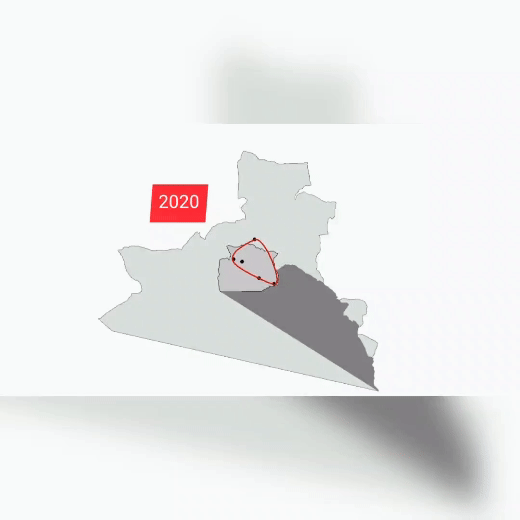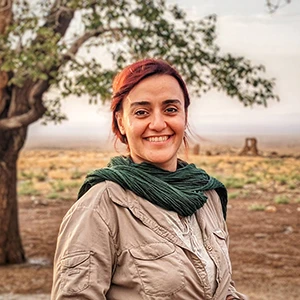In Iran, where satellite collars are not readily available, continuous monitoring through camera traps plays a crucial role in understanding cheetah movement and health. The map below pertains to Khorshid, a well-known female cheetah in the Touran Biosphere Reserve. Remarkably, she currently holds the record for the highest documented birth rate of cheetahs in Iran. To create this map, we invested over $7,000 (equivalent to 3,000,000,000 rials) and collaborated with at least six experts during 3 years of fieldwork. Unfortunately, the wages paid to these experts fell below the country’s standards.
Initially, our knowledge of Khorshid’s movement range was quite limited. However, after more than three years of continuous monitoring, we have significantly expanded our understanding. Although the mapped range represents only a fraction of the cheetah’s overall movement, our primary tool remains continuous camera trapping without satellite tracking. Thanks to these camera traps, we can estimate Khorshid’s birthing locations and track her cubs’ subsequent paths as they grow. This information is invaluable for securing targeted conservation areas. By continuing our camera-trapping efforts, we aim to enhance data accuracy for other cheetah individuals.
Unfortunately, we face exorbitant costs for minimal information due to mismanagement, sanctions, and security challenges. Despite these obstacles, we persist in our conservation efforts, leveraging limited and hard-to-access resources.



